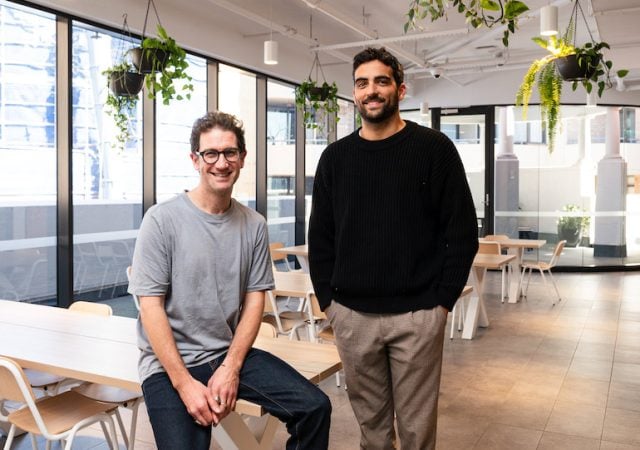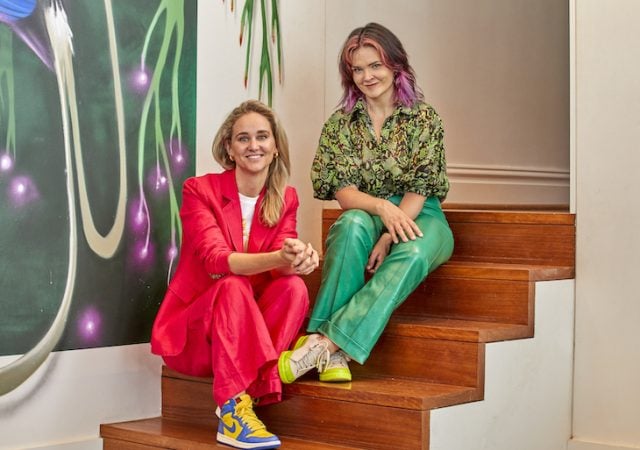A national conversation was sparked about Australia becoming a cashless society when the Reserve Bank of Australia released figures earlier this year showing that the number of Australians withdrawing cash from ATMs was at an all time low; most experts forecasted the full transition to a cashless society would take place somewhere between 2020 and 2022.
It is an Australia that is of great interest to the Federal Government, which estimates that the black economy is costing the country at least $25 billion – and that does not even include criminal activities like money laundering and drug trafficking.
Australians have embraced ecommerce in large numbers, and that kind of hockey stick growth is set to continue with the rollout of technologies like the National Broadband Network (NBN), which is allowing communities in regional Australia to become more connected than ever before – leveraging opportunities to buy product and sell their own goods to an international audience.
But does it mean the death of face to face customer interactions for good?
Highly unlikely. Human beings need interaction and conversation, and the experience of shopping itself is a critical component – that has not changed since the first merchants started bartering goods in bazaars thousands of years ago.
An omni-channel sales approach is now more critical than ever in such a democratised sector. Things like relationship-building and creating a personality around a brand face-to-face with those initial customers in particular could be the difference between success and failure. Even well known ecommerce brands like Showpo and Stylerunner still have offline warehouse sales and bespoke events that give their customers an offline experience.
Ben Pfisterer, Australian Country Manager of global payments provider Square, said that small operators, when leveraging technology in the right way, can not just compete with large brands – they can thrive.
“Get back to basics and don’t forget the tried and tested strategies that bricks and mortar traders have been implementing for centuries,” said Pfisterer.
“If you are trying to compete with a commoditised product or service you’ll lose. The basics such as customer service, quality and shopping experience become non-negotiables and you have to then find that additional edge that sets your business apart.”
Square recently announced a partnership with online marketplace Etsy in order to help sellers at the smaller end of town embrace an omni-channel approach in their businesses.
Etsy, which is known for its online community of makers, artists, and sellers of bespoke products and items, linked up with Square to launch the Etsy Community Markets Powered by Square.
“Our partnership with Etsy is an exciting opportunity for those smaller traders to trial a traditional market retail space and build customer relationships that will help build their brand offline,” said Pfisterer.
Over the weekend over 270 sellers across the country were part of the first Australian rollout of cashless markets in Sydney, Brisbane, Canberr,a and Adelaide. Each of the vendors had Square Readers, making it easy for customers to pay directly at the market via credit, debit card or mobile payments – not one ATM had to be paid a visit.
The retail space is changing dramatically in Australia, yet two themes seem to stick out more than most with those achieving success – a focus on customer experience and customisation.
“You need to make sure your customers can shop anywhere they want: online, from a desktop or mobile device, by telephone, or in person,” said Pfisterer.
“When you can’t compete on price or speed of delivery, customisation is critical. Buyers still value unique, handmade, high quality and highly personalised products.”




















Trending
Daily startup news and insights, delivered to your inbox.